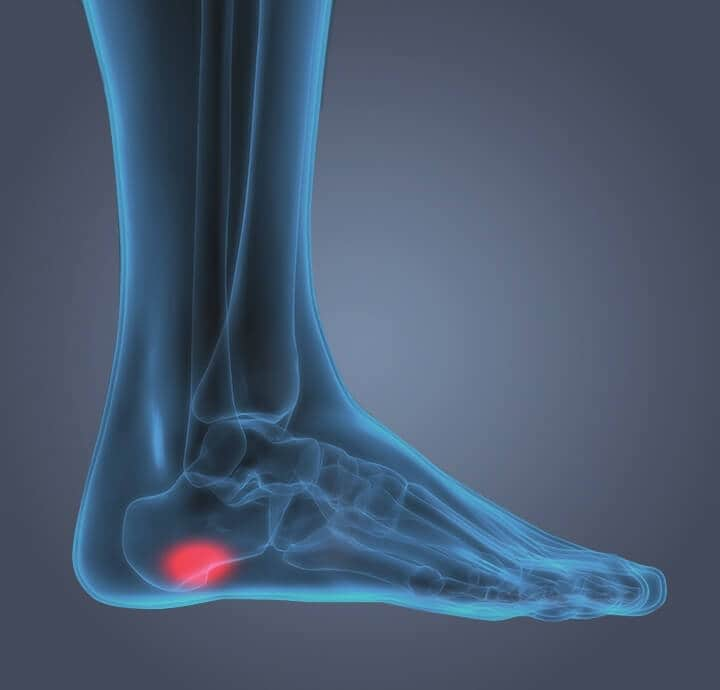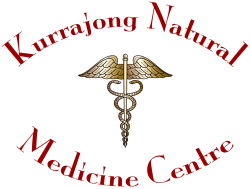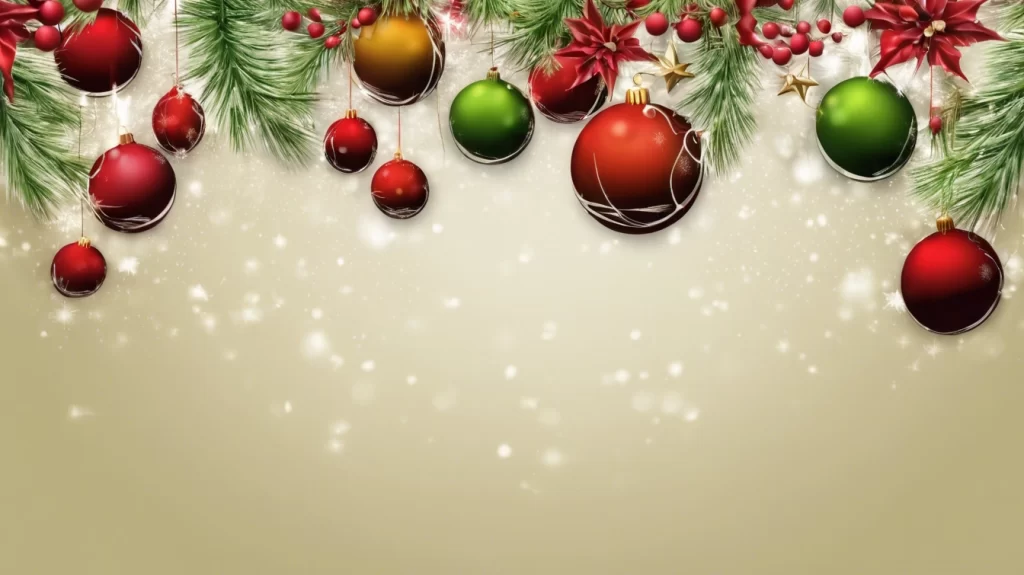Heel Pain/Plantar Fasciitis - A Chinese Medicine Perspective
What is Heel Pain (Plantar Fasciitis)
Plantar heel pain syndrome (PHPS), also known as plantar fasciitis, affects millions of people worldwide. It is one of the most common causes of heel pain. It involves inflammation of a thick band of tissue that runs across the bottom of your foot and connects your heel bone to your toes (plantar fascia) [1].
The plantar fascia is a thick band of tissue that runs along the bottom of the foot, connecting the heel bone to the toes. The it acts as a shock absorber and supports the arch of the foot. When excessive strain or tension is placed on the plantar fascia, it can lead to microscopic tears, inflammation, and heel pain.
The primary symptom is pain in the heel, typically located on the underside or the front of the heel. The pain is often sharp and stabbing, especially with the first steps in the morning or after periods of rest. It may also be experienced after prolonged standing or intense physical activity. The pain usually subsides with movement and becomes less noticeable during the day.

Certain factors can increase the risk of developing the heel pain:
Overuse or repetitive strain: Activities that involve excessive or repetitive stress on the feet, such as running, dancing, or standing for long periods, can strain the plantar fascia and lead to inflammation.
Foot mechanics: Abnormal foot mechanics, such as flat feet (fallen arches) or high arches, can contribute to plantar pain. Flat feet can result in overstretching of the plantar fascia, while high arches can cause excessive stress on certain areas of the foot.
Obesity: Excess body weight puts additional strain on the plantar fascia, increasing the risk of developing plantar pain.
Improper footwear: Wearing shoes with inadequate arch support, poor cushioning, or improper fit can contribute to the development of plantar fasciitis.
Tight calf muscles: Tight calf muscles can increase stress on the plantar fascia and contribute to the development of the condition.
How Does Traditional Chinese Medicine (TCM) view Heel Pain
The sole of the foot is where the Kidney Channel emerges near to ball of the front of the foot. It runs along the centre of the sole toward the back (heel) of the foot. When this channel is blocked by stagnation of Qi & blood (e.g. inflammation) the pain that is experienced is a sharp stabbing pain. Moving the sole of the foot will relieve the pain, once the qi & blood is moving sufficiently through the channel.
Heel pain is hard to treat, because we kind of need to walk around and stand up on our feet. This tends to draw out the recovery time and any form of treatment will take time. Acupuncture has been show to be highly effective for plantar fasciitis [2], however, there is a need for more frequent treatment than other conditions and the duration of the treatments will take more time. This is simply due to the fact that we are on our feet a lot.
At Kurrajong Natural Medicine Centre our highly qualified and experienced practitioners are ready to develop a treatment program specifically designed for you. Simply call (02) 4573 0784
What You Can Do to Help Yourself If You Suffer From Plantar Fasciitis / Heel Pain
Hot/Cold/Hot foot baths – get two buckets that are large enough to submerge your foot up to above the ankle bone. (i) fill one bucket with hot water, but not too hot so you burn yourself. (ii) fill the second bucket with cold water (as cold as you can stand). Then put your foot into the hot-water bucket first for about 30 sec. followed immediately by putting your foot into the cold water – also for 30 sec. then, once again into the hot water bucket, again for 30 sec. That’s it. Do this every day. What this will do is increase the blood flow to the foot which will help reduce the inflammation.
Some additional self-care measures you can take to help alleviate heel pain caused by plantar pain:
Rest and avoid activities that worsen the pain: Give your feet adequate rest and avoid activities that put excessive strain on the plantar fascia, such as high-impact exercises or prolonged standing.
Ice therapy: Apply ice to the affected area for about 15-20 minutes, several times a day. This can help reduce pain and inflammation. Use a towel or cloth to wrap the ice pack and avoid direct skin contact to prevent ice burn.
Stretching exercises: Perform stretching exercises to stretch the calf muscles and plantar fascia. This can help relieve tension and promote healing. Some common stretches include calf stretches, toe stretches, and plantar fascia stretches. Consult a healthcare professional or physical therapist for guidance on appropriate stretching exercises for your condition.
Supportive footwear: Wear shoes that provide good arch support and cushioning to reduce stress on the plantar fascia. Consider using shoe inserts or orthotics to provide additional support and shock absorption.
Night splints: Use night splints that keep your foot and ankle in a slightly stretched position while you sleep. This helps maintain proper alignment of the plantar fascia and reduces morning pain and stiffness.
Maintain a healthy weight: Excess weight can put additional strain on the feet and aggravate heel pain. Maintaining a healthy weight can help reduce the load on the plantar fascia and alleviate pain.
Acupuncture and or Chinese or Western herbal medicine has been show to be effective in controlling pain and heal the plantar fascia. It is advisable to consult with a healthcare.
Physical therapy: Consider seeking the guidance of a physical therapist who can provide specific exercises, manual therapy, and other treatment modalities tailored to your condition.
Avoid barefoot walking: Avoid walking barefoot or on hard surfaces as it can increase strain on the plantar fascia. Opt for supportive footwear or use cushioned slippers or shoes at home.
Gradual return to activity: When the pain subsides, gradually return to normal activities and exercises to avoid re-aggravating the condition. Start with low-impact exercises and gradually increase intensity and duration over time.
If the pain persists or becomes severe, it’s recommended to consult a healthcare professional for a proper diagnosis and personalized treatment plan.
Plantar stretches – This very short video will show you how to do the stretch:
How Does Traditional Chinese Medicine (TCM) view Heel Pain
The sole of the foot is where the Kidney Channel emerges near to ball of the front of the foot. It runs along the centre of the sole toward the back (heel) of the foot. When this channel is blocked by stagnation of Qi & blood (e.g. inflammation) the pain that is experienced is a sharp stabbing pain. Moving the sole of the foot will relieve the pain, once the qi & blood is moving sufficiently through the channel.
Heel pain is hard to treat, because we kind of need to walk around and stand up on our feet. This tends to draw out the recovery time and any form of treatment will take time. Acupuncture has been show to be highly effective for plantar fasciitis [2], however, there is a need for more frequent treatment than other conditions and the duration of the treatments will take more time. This is simply due to the fact that we are on our feet a lot.
At Kurrajong Natural Medicine Centre our highly qualified and experienced practitioners are ready to develop a treatment program specifically designed for you. Simply call (02) 4573 0784
What You Can Do to Help Yourself If You Suffer From Plantar Fasciitis / Heel Pain
Hot/Cold/Hot foot baths – get two buckets that are large enough to submerge your foot up to above the ankle bone. (i) fill one bucket with hot water, but not too hot so you burn yourself. (ii) fill the second bucket with cold water (as cold as you can stand). Then put your foot into the hot-water bucket first for about 30 sec. followed immediately by putting your foot into the cold water – also for 30 sec. then, once again into the hot water bucket, again for 30 sec. That’s it. Do this every day. What this will do is increase the blood flow to the foot which will help reduce the inflammation.
Some additional self-care measures you can take to help alleviate heel pain caused by plantar pain:
Rest and avoid activities that worsen the pain: Give your feet adequate rest and avoid activities that put excessive strain on the plantar fascia, such as high-impact exercises or prolonged standing.
Ice therapy: Apply ice to the affected area for about 15-20 minutes, several times a day. This can help reduce pain and inflammation. Use a towel or cloth to wrap the ice pack and avoid direct skin contact to prevent ice burn.
Stretching exercises: Perform stretching exercises to stretch the calf muscles and plantar fascia. This can help relieve tension and promote healing. Some common stretches include calf stretches, toe stretches, and plantar fascia stretches. Consult a healthcare professional or physical therapist for guidance on appropriate stretching exercises for your condition.
Supportive footwear: Wear shoes that provide good arch support and cushioning to reduce stress on the plantar fascia. Consider using shoe inserts or orthotics to provide additional support and shock absorption.
Night splints: Use night splints that keep your foot and ankle in a slightly stretched position while you sleep. This helps maintain proper alignment of the plantar fascia and reduces morning pain and stiffness.
Maintain a healthy weight: Excess weight can put additional strain on the feet and aggravate heel pain. Maintaining a healthy weight can help reduce the load on the plantar fascia and alleviate pain.
Acupuncture and or Chinese or Western herbal medicine has been show to be effective in controlling pain and heal the plantar fascia. It is advisable to consult with a healthcare.
Physical therapy: Consider seeking the guidance of a physical therapist who can provide specific exercises, manual therapy, and other treatment modalities tailored to your condition.
Avoid barefoot walking: Avoid walking barefoot or on hard surfaces as it can increase strain on the plantar fascia. Opt for supportive footwear or use cushioned slippers or shoes at home.
Gradual return to activity: When the pain subsides, gradually return to normal activities and exercises to avoid re-aggravating the condition. Start with low-impact exercises and gradually increase intensity and duration over time.
If the pain persists or becomes severe, it’s recommended to consult a healthcare professional for a proper diagnosis and personalized treatment plan.
Plantar stretches – This very short video will show you how to do the stretch:
References
- Wang, W., Liu, Y., Jiao, R., Liu, S., Zhao, J., & Liu, Z. (2020). Comparison of electroacupuncture and manual acupuncture for patients with plantar heel pain syndrome: a randomized controlled trial. Acupuncture in medicine : journal of the British Medical Acupuncture Society, 964528420947739. Advance online publication. https://doi.org/10.1177/0964528420947739
Disclaimer
Disclaimer information for users of the Kurrajong Natural Medicine Centre, Namaste Yoga Kurrajong and The Herbal Health Coach website.
Page last updated: 24th June 2023
Information provided for education and research information only
The information on this website is presented by Kurrajong Natural Medicine Centre for the purpose of disseminating health information free of charge for the benefit of the public.
While Kurrajong Natural Medicine Centre has exercised due care in ensuring the accuracy of the material contained on this website, the information on the site is made available on the basis that Kurrajong Natural Medicine Centre is not providing professional advice on a particular matter.
This website is not a substitute for independent professional advice. Nothing contained in this site is intended to be used as medical advice and it is not intended to be used to diagnose, treat, cure or prevent any disease, nor should it be used for therapeutic purposes or as a substitute for your own health professional’s advice.
Kurrajong Natural Medicine Centre does not accept any liability for any injury, loss or damage incurred by use of or reliance on the information provided on this website.
Quality of information
Kurrajong Natural Medicine Centre makes every effort to ensure the quality of the information available on this website and updates the information regularly. Before relying on the information on this site, however, users should carefully evaluate its accuracy, currency, completeness and relevance for their purposes, and should obtain any appropriate professional advice relevant to their particular circumstances. Kurrajong Natural Medicine Centre cannot guarantee and assumes no legal liability or responsibility for the accuracy, currency, completeness or interpretation of the information.
The material may include the views or recommendations of third parties and does not necessarily reflect the views of Kurrajong Natural Medicine Centre or indicate a commitment to a particular course of action.
Links to other websites
This website contains links to other websites which are external to Kurrajong Natural Medicine Centre. Kurrajong Natural Medicine Centre takes reasonable care in selecting linking websites but Kurrajong Natural Medicine Centre accepts no responsibility for material contained in a website that is linked to this site. It is the responsibility of the user to make their own decisions about the accuracy, currency, reliability and correctness of information contained in linked external websites.
Links to external websites are provided for the user’s convenience and do not constitute an endorsement or a recommendation of any third party products or services offered by virtue of any information, material or content linked from or to this site. Users of links provided by this site are responsible for being aware of which organisation is hosting the site they visit.
Views or recommendations provided in linked sites may include the views or recommendations of third parties and do not necessarily reflect those of Kurrajong Natural Medicine Centre or indicate a commitment to a particular course of action. .



